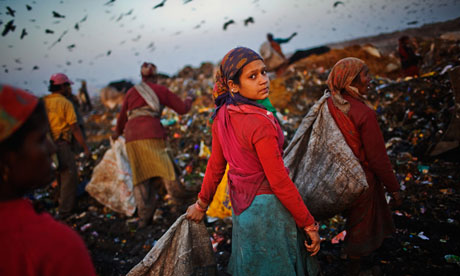At long last, we had the opportunity to test our stove! Our goal was to boil 1000ml of water using 200g of charcoal.
Weaknesses:


Strengths of our stove:
- Our charcoal started burning pretty quickly and maintained a good flame.
- Charcoal ash fell through grate at the bottom of the charcoal holder successfully.
- Side wall vents did a good job of providing air flow to the fire. However, if we redesigned the stove we would add a sliding panel to have an adjustable vent cover to regulate air flow.
- Oven and oven top were quite warm, but not really hot enough to cook anything. I'm still skeptical of whether the oven feature would be used whatsoever by people in developing countries, as most of the food cooked in Latin America and Africa is done on a stovetop.
- Apart from the grate that the pot sat on, the stove was structurally strong and stable despite the wind.
- When the fire started, it was quite smoky and the smoke flew upward toward the pot instead of through the air vents. This was unsurprising because our air vents were located beneath the charcoal holder. If we redesigned this stove, we would build a small chimney to direct smoke out of the top, or position the vents at the same level as the charcoal.
- The biggest issue with our stove was that the radiator covering that the pot rested upon was not structurally sound. As the grate heated up, the metal began to bend, melt and break so much that we had to move the pot halfway onto the oven side of the stove for support. This reduced the temperature of the water because it was exposed to less direct heat. The grate was also lacking support from the walls that it rested on because we had mismeasured the wall heights and had to insert a makeshift piece of metal to close the gap. Using a stronger material for the grate and creating more structural support beneath the grate could help overcome this problem.
- The ash tray was too hot to touch. We could have put a non-metal handle on the drawer so that it could've been pulled out safely while the fire was burning.
Water temperature:


We recorded the water temperature every 7 minutes. The water temperature generally increased and then leveled off over time. The point at 13 minutes when the temperature went down was when the charcoal container gave out and some of the charcoal fell into the ash tray. If this hadn't happened, I think we would have been able to boil our water successfully.
I think that we could have increased the water temperature more quickly by reducing the distance between the charcoal and the pot by making our charcoal container slightly smaller. We also could have afforded to reduce the height of the stove in general, while also making the oven slightly narrower, in order to concentrate the heat better.











































